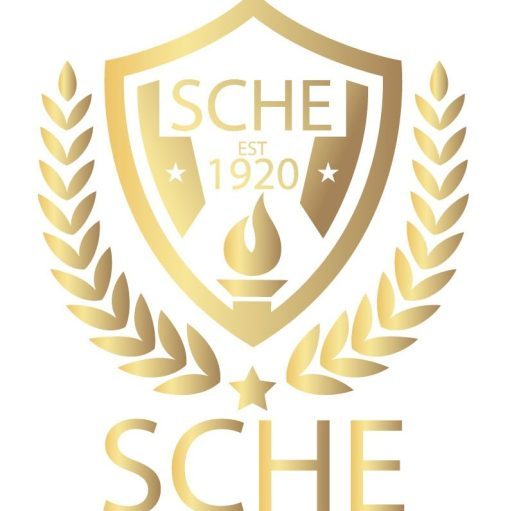Catalyzed Photo-Fenton Oxidation for Removal of
Some Direct Dyes From Their Aqueous Solutions
M. F, El – Sherbiny
Dept of Basic Eng. Science, Faculty of Eng.(Chemical Eng.) Shebin El-Kom, Menofia
University Egypt E-mail: sherbinvmf(a)yahoo.com

Abstract:
The effect of combining the photocatalytic processes using TIO2 and the
photo-Fenton reaction with ferrous sulfate as a source of Fe2+was investigated
in the color removal of a novel group of mono and disaryl azo dyestuffs that are
based on the 1,2,4-benzothiadiazine 1,1-dioxide moiety. These processes utilize
the very strong oxidizing power of hydroxyl radicals to oxidize organic
compounds to harmless end products. Three dyes were used in this work. These
dyes belong to direct dyes and they are resistant to biodegradation. The
parameters studied were: titanium dioxide, ferrous sulfate and hydrogen
peroxide concentrations; pH and reaction time. The decomposition of dyes was
examined under visible light. The kinetics study of dyes degradation indicated
that the process is first order. Experimental results revealed that, the first-order
rate constants in case of using TiC>2 were higher than that in case of its absence
by about 1.4 times. It was found that an increase of dyes photodegradation
efficiency could be achieved when the photocatalytic process using Ti02 is
combined with photo-Fenton reaction. The maximum removal of color reached
over 96% in case of using Ti02 as a catalyst after a retention time ranging from
40-45 minutes.
Key words: Fenton’s reaction, color removal, dyes, titanium dioxide.
